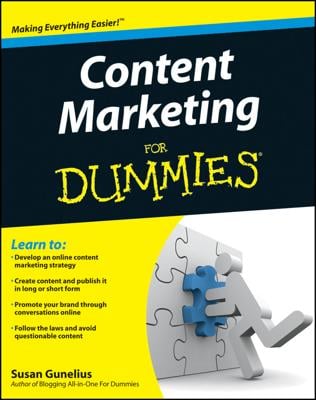UTM stands for Urchin Tracking Module, and it is a tracking marker appended to a Uniform Resource Locator (URL). The UTM system allows users to tag hyperlinks in order to trace where visitors originated.
For example, if you want to track the number of leads generated by a single link shared with your Facebook fans, you can do that using Google Analytics and a link with UTM parameters. Simply put, you place a UTM at the end of a hyperlink so that you can figure out how people get to your site and what they do after they get there.For every hyperlink you want to track, whether on your blog or your social media channels, that directs traffic to a landing page you own, consider adding UTM parameters. By adding this tracking code to the hyperlinks you share, you can track the origins of that visit.
A UTM consists of various parameters. Here are the UTM parameters that matter most:
- Campaign source (utm_source)
- Campaign medium (utm_medium)
- Campaign content (utm_content)
- Campaign name (utm_campaign)
Campaign source (utm_source)
Generally, the source of a UTM describes where your visitors come from. The source tells you the specific place where the referring link was shared, such as- An email promotion
- A social network
- A referring website
- Common sources include
- Email newsletter
- YouTube
Campaign medium (utm_medium)
This parameter identifies the medium or vehicle that the link was used on, such as email. Medium tells you how visitors arrived at your site. Some of the most common mediums include- Pay per click (PPC)
- Banner-ads
- Direct (which tells you users directly typed in your site address)
Campaign content (utm_content)
Campaign content describes the specific ad, banner, or email used to share the link. It gives you additional details to use with A/B testing or content-targeted ads, as well as helps you determine what creative is working best at promoting an offer or distributing content.Be as descriptive as possible with this parameter's naming structure so that you can easily remember what email or ad this UTM refers to.
Campaign name (utm_campaign)
This parameter serves as an identifier of a specific product or promotion campaign, such as a spring sale or another promotion you run. The campaign name's basic purpose is to highlight promotional offers or content distribution strategies so that you can easily compare performance across time and platform.Campaign links should be consistent across all different sources and media for any given promotion to ensure that the campaign as a whole can easily be analyzed.
Dissecting a UTM
This section examines a UTM’s structure. For instance, here’s what a UTM looks like for a flash sale for one of DigitalMarketer's products, the Content Engine:http://www.digitalmarketer.com/lp/the-content-engine?utm_source=house-list-email-boradcast&utm_medium=email&utm_content=content-engine-flash-mail-1&utm_campaign=content-engine-flash-sale-1-1-16
Your UTM might look something like the preceding. Following is breakdown of this URL with a UTM by section:
- http://www.digitalmarketer.com/lp/the-content-engine: The hyperlink.
- ?utm_source=house-list-email-broadcast: The campaign source, which is the referring source of the traffic. In this case, it's an email to our “house” email list.
- &utm_medium=email: Campaign medium, which is how the user was referred. In this case it was via email.
- &utm_content=content-engine-flash-mail-1: Campaign content, which is the ad or campaign identifier you assign. In this case, this is the first email for the Content Engine flash sale promotion.
- &utm_campaign=content-engine-flash-sale-1-1-16: Campaign name, which is the specific promotion or strategy. In this case, this campaign is the Content Engine flash sale beginning on January 1st, 2016.
Creating UTM parameters for your URLs
Google makes building UTM links super easy with a free, easy-to-use UTM builder called the Google Analytics URL Builder. Visit the page, follow the steps, and plug in your information to automatically generate a hyperlink with UTM parameters that you can then track with Google Analytics — that is, if you've properly set up a Google Analytics account. If you haven't already, visit Google Analytics Help Center. This resource contains further instructions about how you can use each of the different UTM parameters.Creating properly attributed hyperlinks takes some time to get used to, but the data it provides is worth its weight in gold. To make consistency easy, create a unified document in which you track all the hyperlinks you use, which will make it easy to refer back to when you’re analyzing later.
UTM parameters are case sensitive, so if you use abc for your utm_campaign tags on some links and ABC for your utm_campaign tags on other links, they show up as separate campaigns in your Google Analytics.

